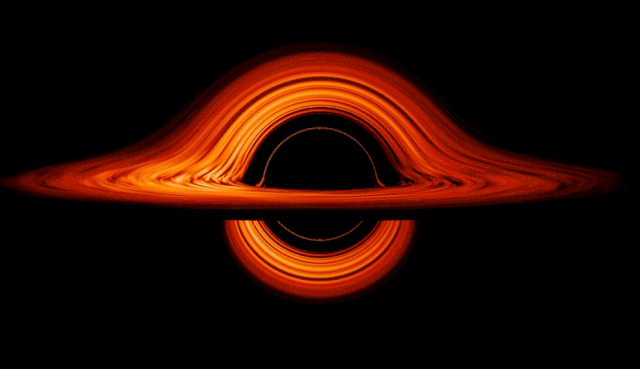
A team of astronomers, led by the Max Planck Institute for Extraterrestrial Physics, has utilized the upgraded GRAVITY instrument at the Very Large Telescope Interferometer of the European Southern Observatory to determine the mass of a black hole in a galaxy only 2 billion years after the Big Bang. With a mass of 300 million solar masses, the black hole appears to be less massive than expected in comparison to its host galaxy. The researchers speculate on the reasons behind this discrepancy.
In the modern universe, astronomers have observed strong correlations between galaxy properties and the mass of the supermassive black holes residing at their centers, suggesting a co-evolutionary relationship. Examining this relationship in the early universe is challenging due to the distance of these galaxies and the limitations of traditional measurement methods.

The team’s previous breakthrough measurements with GRAVITY in 2018 focused on a nearby quasar. Now, they have extended their observations to a redshift of 2.3, corresponding to a lookback time of 11 billion years.
With GRAVITY+, astronomers can now study black hole growth during the critical epoch known as “cosmic noon,” when both galaxies and black holes were rapidly evolving. This advancement allows for imaging black holes in the early universe with a resolution 40 times sharper than that achievable with the James Webb Telescope.
By spatially resolving the motion of gas clouds around the central black hole in the galaxy SDSS J092034.17+065718.0, the team directly measured the black hole’s mass. They found it to be 320 million solar masses, smaller than expected compared to its host galaxy’s mass of about 60 billion solar masses. This indicates that the galaxy grew faster than its supermassive black hole, suggesting a delay in the growth of some systems.
The researchers propose that strong supernova feedback may have played a role in the evolution of this galaxy, expelling gas from its central regions before it could reach the black hole. Only once the galaxy became massive enough to retain a gas reservoir against supernova feedback could the black hole begin to grow rapidly and catch up with the galaxy’s overall growth.
Further high-precision mass measurements of black holes in the early universe are needed to determine if this scenario applies to other galaxies and their central black holes.
